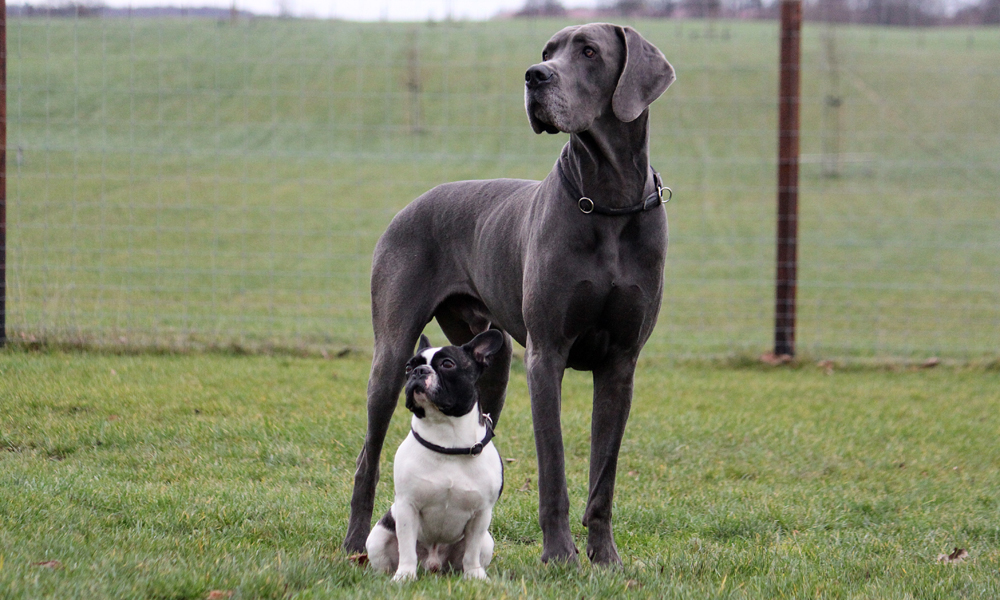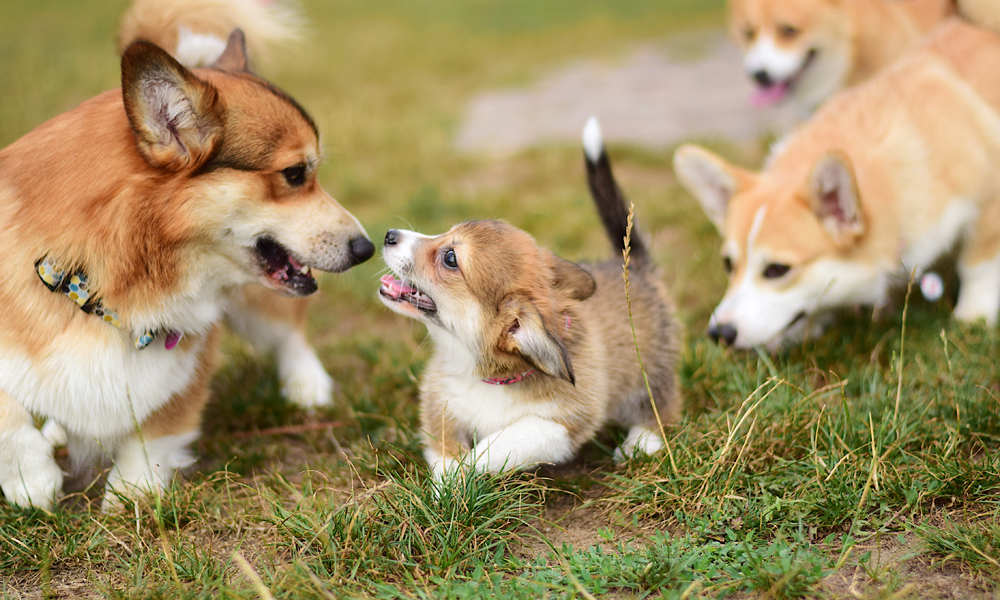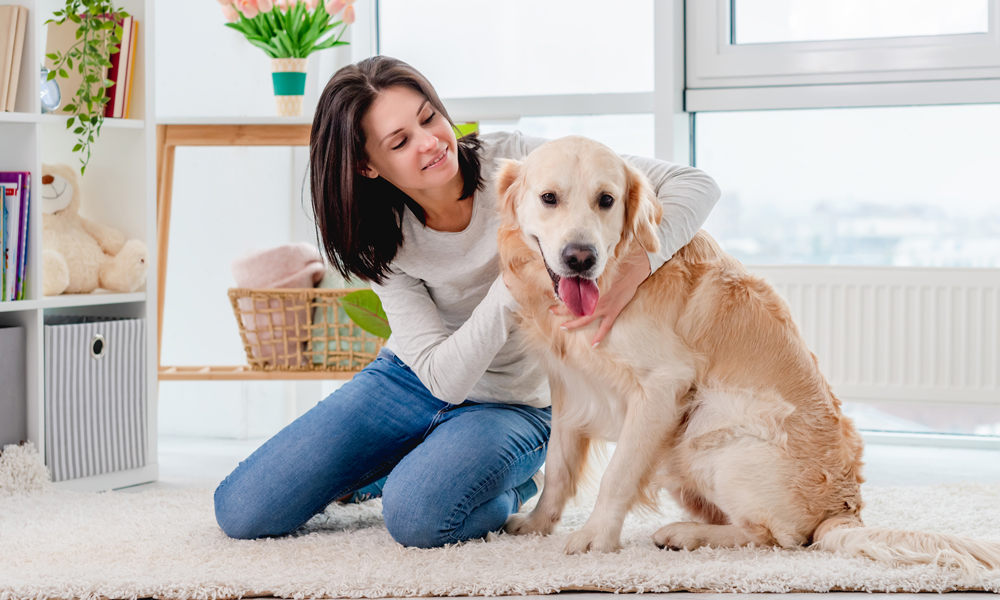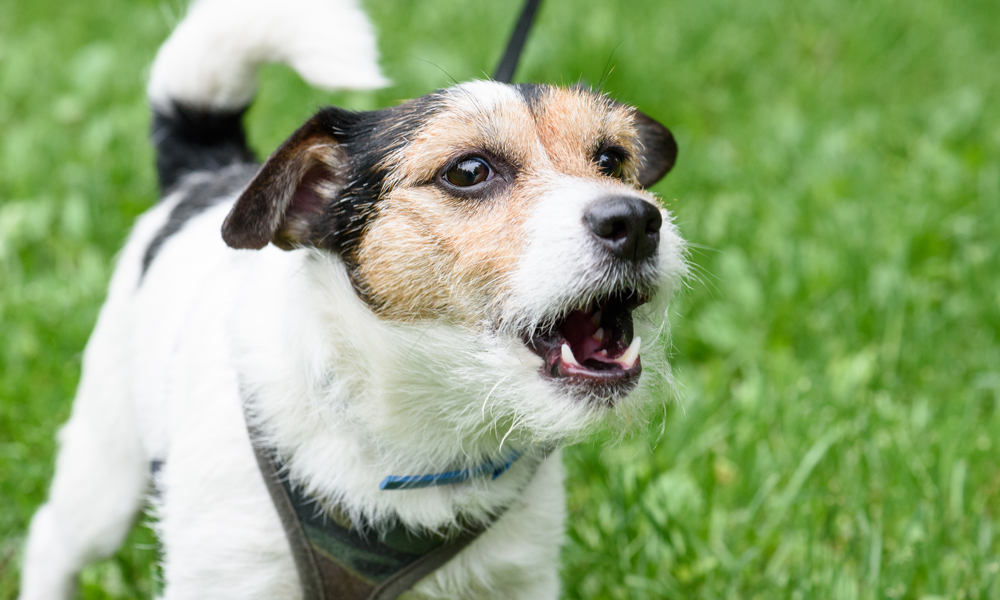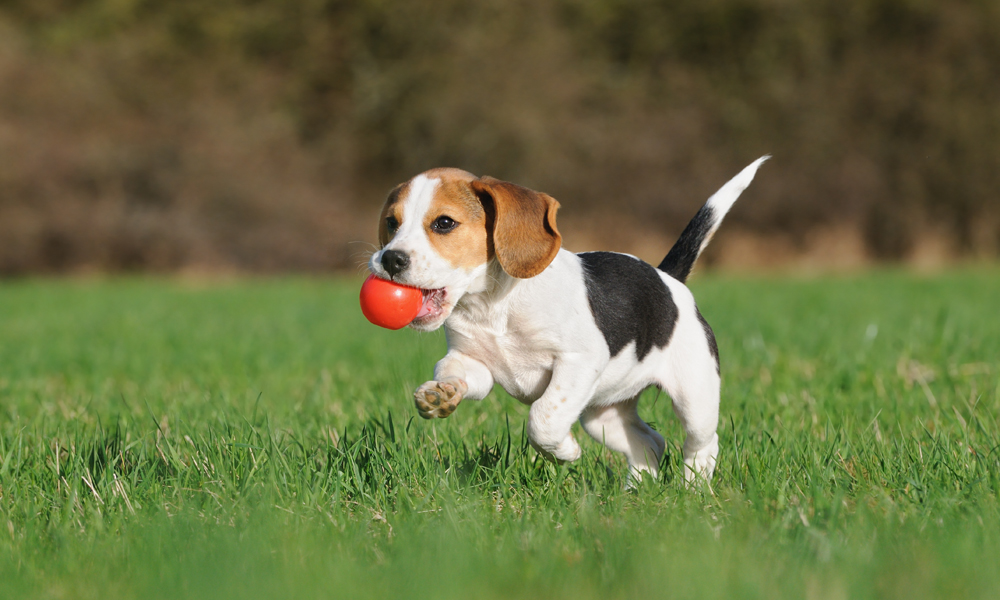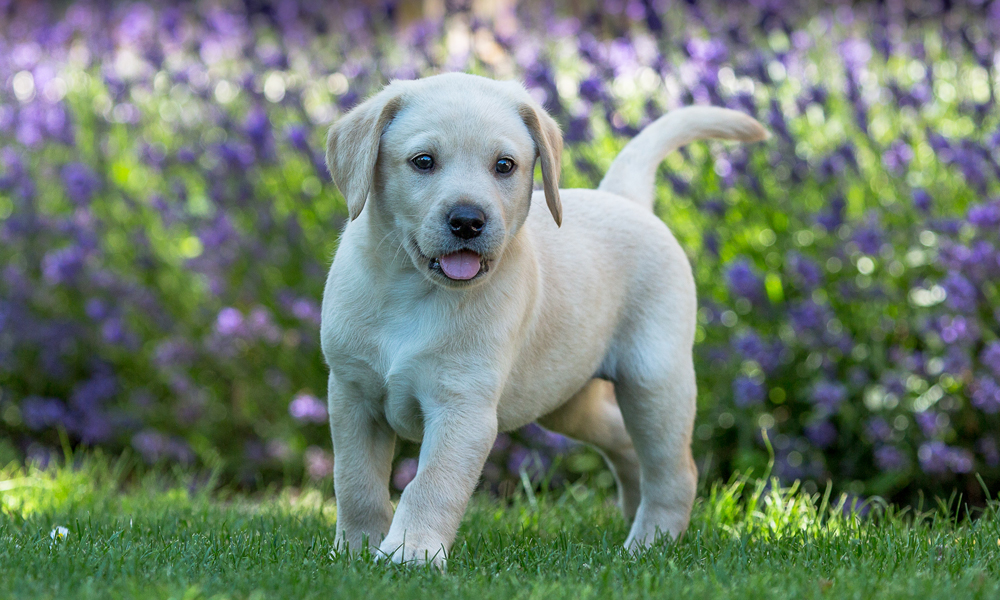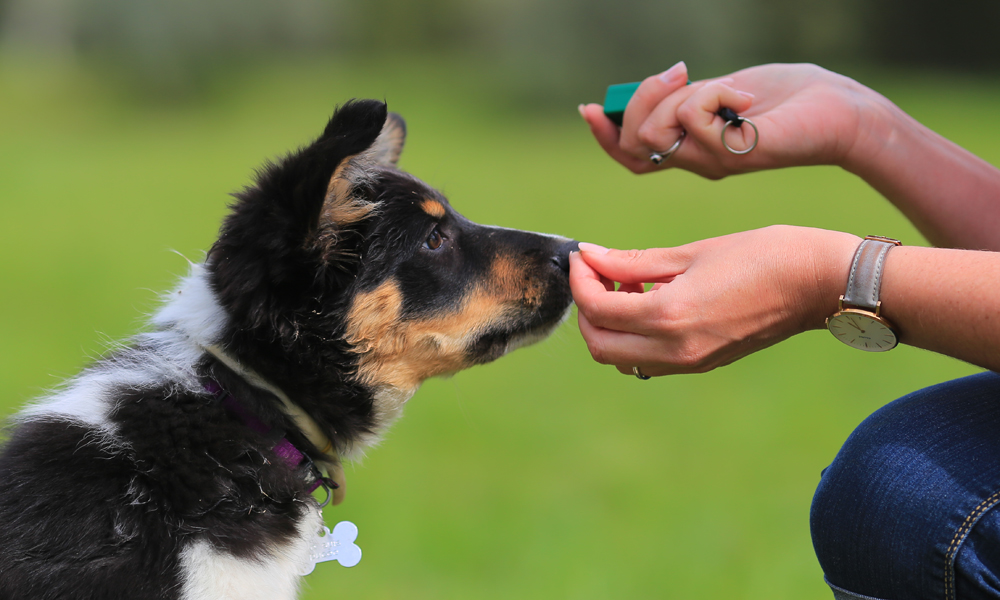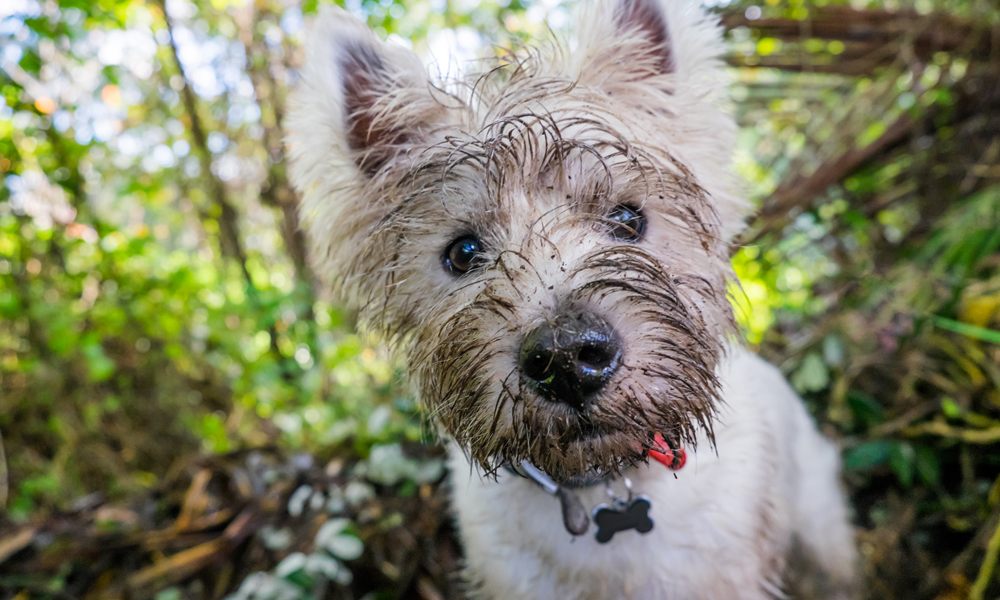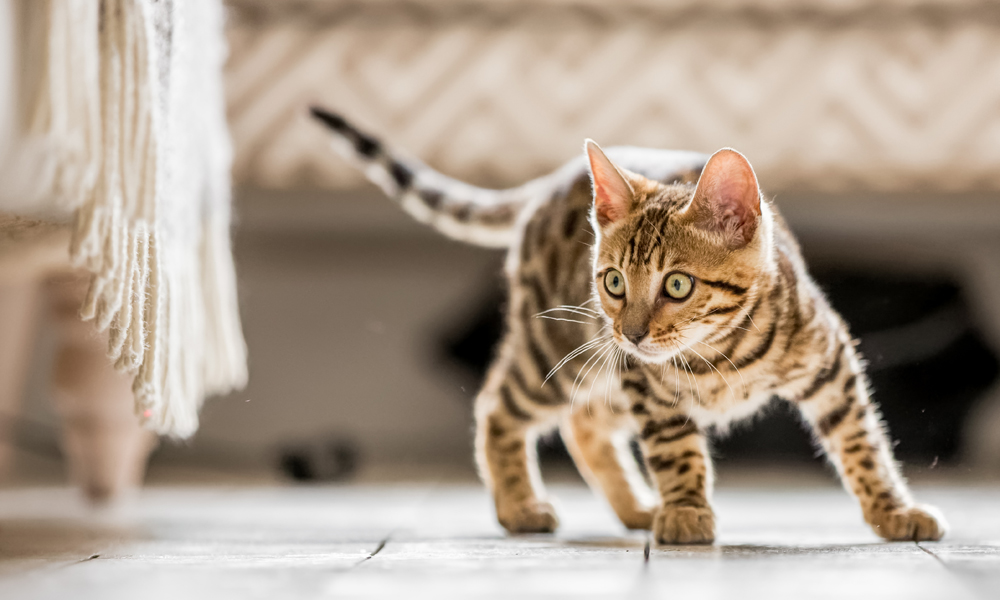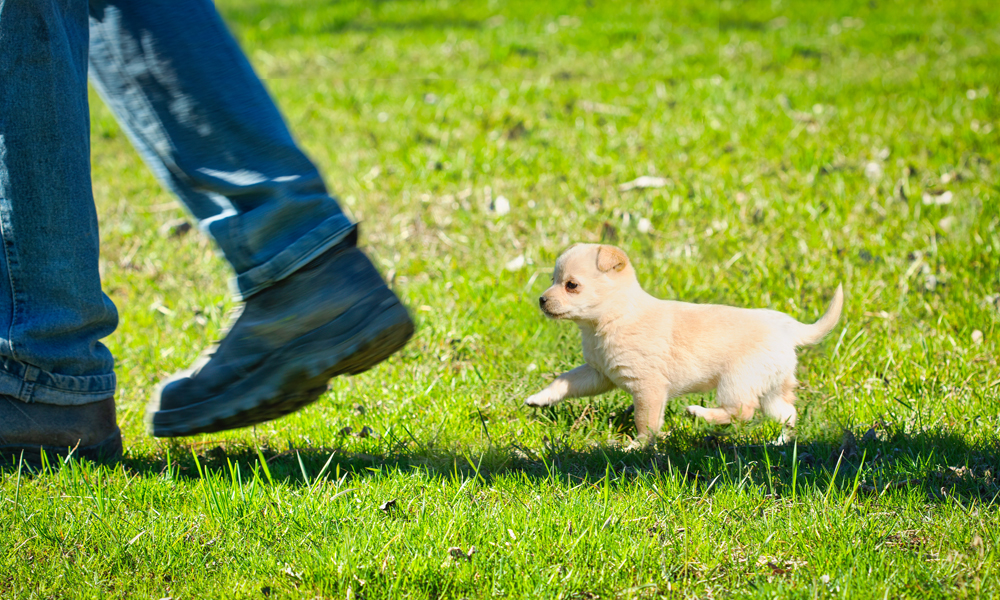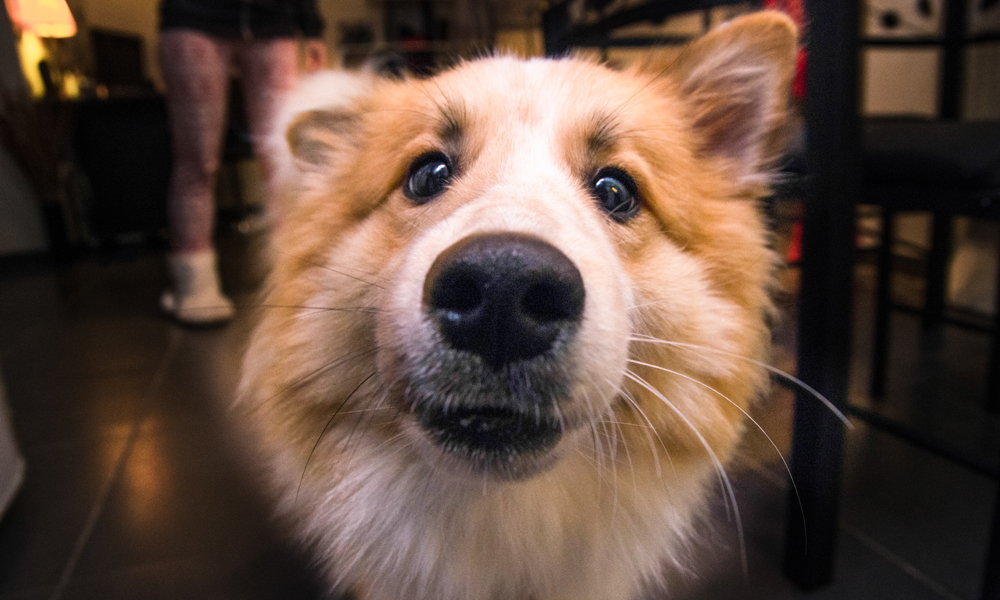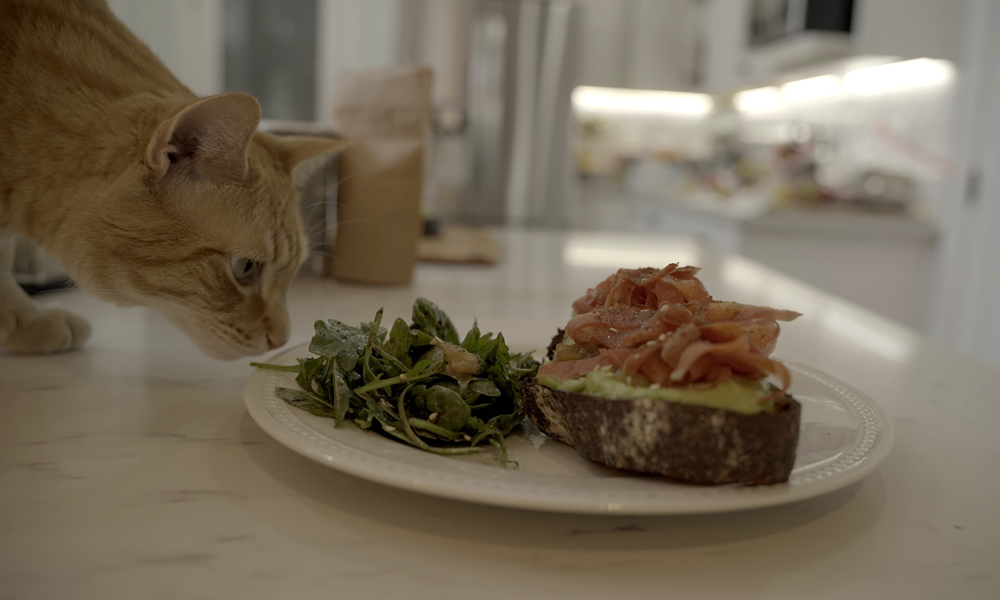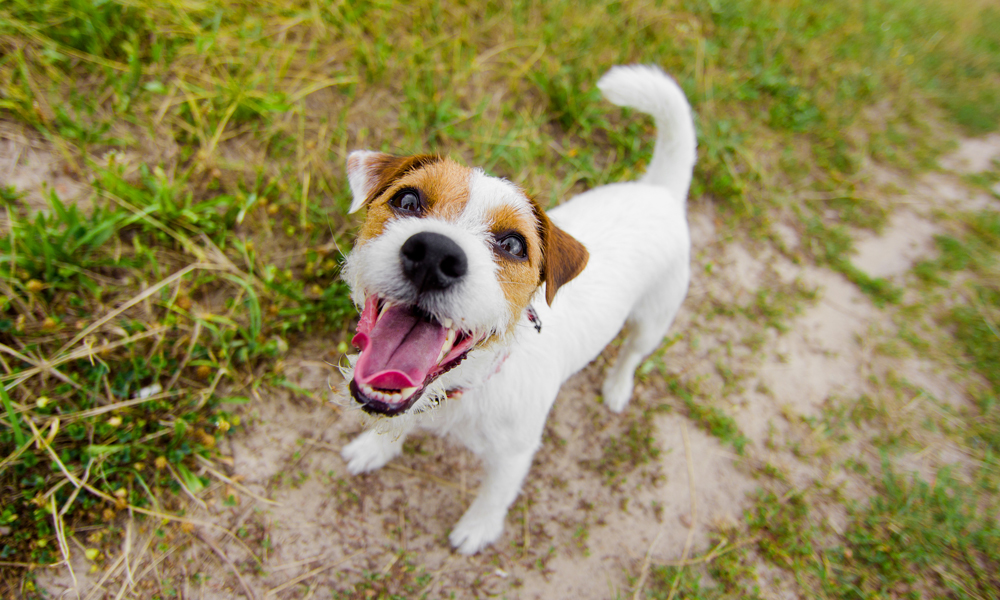Dogs come in all shapes and sizes, and if you’ve visited your local pet store recently, you probably noticed there are different dog food formulas for large and small breeds. But why is that? Aren’t all dogs pretty much the same on the inside? It turns out large and small dogs have varying nutritional needs, including calorie levels, nutritional density and the size of their kibble. Let’s explore the differences between large- and small-breed dog foods and why it’s so important to choose the right formula for your pet.
NutriSource Blogs
Pet Parents Blog
Tips & Solutions for Pet Parents
Our reason for being is to help you get many happy, healthy years with your furry friends! That’s why we’re excited to share our expertise about the care and feeding of pets. Browse our blogs to guide you through each phase and stage of your dog or cat’s life.
How to socialize your puppy: Your guide and complete checklist
When you bring a puppy into the home, they need round-the-clock care. But between the potty training, naps and playtime, there’s a core area of puppy development to consider: how to socialize your puppy.
Why your dog gets scared during storms and what you can do about it
A storm approaches. As thunder rolls across the sky and cascades into a boom, the sounds transform your dog into a nervous wreck. Thunderstorms are loud and sudden events that evoke anxiety and fear in canines.
All about orange cat breeds: Surprising facts and rare finds
Orange cats have long delighted feline aficionados. The warm, sunny hue of an orange cat’s fur coat makes them distinctive and photogenic.
If you desire an orange cat of your own, the first thing to know is a cat that is orange does not indicate a distinctive breed of cat. Rather, orange fur along with any markings is one of many genetic expressions of the cat’s particular lineage, whether mixed or purebred.
How dog facial expressions evolved to connect with people
Many dog owners swear their pets smile when they’re happy. But are dogs really using their faces to express emotion? Or is it just wishful thinking from us humans? It turns out, dogs actually do have facial expressions and research suggests the reason has to do with domestication and their relationships with humans. Let’s go behind the smile to unpack the science of how dog facial expressions evolved to connect with people.
Welcoming your rescue: How to make adult dogs feel at home
Many new owners wonder where their rescue dog should sleep on that first night at home. Most vets recommend using a crate because it not only replicates a cozy dog den, it also helps keep them safe. Some owners keep the crate in their bedroom for the first few nights because being in the same space allows you to help the dog feel safer and rest easier.
Are dogs good judges of character?
Most dogs are people pleasers. And if your dog is normally a friendly fellow, you naturally feel alarmed or worried when your dog is anything other than their usual happy-go-lucky tail-wagging self when they meet someone new, whether it’s a visitor, a new partner or one of the neighbors. Their defensive or fear response can make you wonder: Can dogs sense bad people?
Common joint problems in dogs: What pet parents can do to keep dogs healthy
Most dogs love to run and jump and play, so maintaining strong mobility is critical for their quality of life. Unfortunately, joint problems can reduce mobility and contribute to other health issues. Joint issues can affect dogs of any age or breed, and the severity and impact will vary for every individual animal. However, large dogs in particular are more likely to experience joint issues because of the extra weight they carry.
Separation anxiety and your dog: How bad is it and what can you do about it?
Dogs look sad when they see us leaving the house without them. They may even mope. That’s typical dog behavior. But when your dog is in full-on panic mode in your absence — barking, howling, chewing, and digging at entrances to escape — they’re suffering from separation anxiety. Literally, your absence sends your furry friend into a state of distress. In extreme cases, a dog might destroy a kennel or door to try and escape.In this guide, you’ll learn what to expect during their growth and development, followed by a troubleshooting guide to some of the most problematic kitten behaviors, like biting, clawing, and peeing outside the litter box.
Hip dysplasia in dogs: What it is, where it begins, and how to treat this degenerative bone disease
Hip dysplasia is a serious and painful degenerative bone disease that starts in puppyhood, but can take years for pet parents to detect. As symptoms of hip dysplasia start showing later in life, your dog will mask their pain (as they often do), but you may notice a growing reluctance to move, particularly jumping up onto the bed or getting into the car or using the stairs. You may also notice a new sway in their gait.
Why clicker training is worth it and 3 steps to get started with your dog
Clicker training is a communication tool for dog training. When your dog does the correct action, you sound the clicker to “mark” the moment, followed by a tasty treat for positive reinforcement. Of course, that means the first step is conditioning your dog to recognize the clicker is good and means good things are coming. Trainers and pet parents like the precision of clicker training. You can mark good behavior the second it happens, sending a clear message to your dog.
What natural instincts do dogs have?
With proper training, dogs can learn a whole host of commands, from sitting and speaking to more complex skills. But it’s the behaviors we don’t teach that can be the most fascinating — and often frustrating. Like all animals, dogs are born with a range of natural instincts. These instincts developed because they served the dogs in some way. So, let’s explore some of the most common natural instincts in dogs and the reasons behind the behaviors.
In this guide, you’ll learn what to expect during their growth and development, followed by a troubleshooting guide to some of the most problematic kitten behaviors, like biting, clawing, and peeing outside the litter box.
Your guide to kitten behavior: What to expect and how to troubleshoot
Kittens love to pounce, chase and bite. These actions appear to originate from their predatory instincts. But these behaviors are important to kitten development, and they help with coordination, bite inhibition as well as social skills.
In this guide, you’ll learn what to expect during their growth and development, followed by a troubleshooting guide to some of the most problematic kitten behaviors, like biting, clawing, and peeing outside the litter box.
Why Does My Dog Follow Me Everywhere?
Do you have a shadow that follows you everywhere, one with four legs, a furry face, and a wagging tail? Dogs are famous for following their humans from room to room. They’ll even take the trouble to relocate their napping spot. So why do dogs follow us everywhere? Here are a couple of possible reasons:
In this guide, you’ll learn what to expect during their growth and development, followed by a troubleshooting guide to some of the most problematic kitten behaviors, like biting, clawing, and peeing outside the litter box.
Why Do Dogs Have Whiskers?
Dogs live their lives low to the ground, and that means their faces are close to everything: grass, backyard creatures, furniture, their human’s legs and feet, the robo-vac. The whiskers that poke out from the dog’s muzzle, the sides of the face, and above the eyes do a lot to help your dog get around their world.
Whiskers are connected to highly sensitive nerve endings, guiding their movements, keeping them from getting bumped or poked, and helping them process their surroundings.
Which People Foods Make Safe Snacks for Cats?
Is kitty craving what you’re having? Before you share, make sure it’s safe. Keep this list handy and be aware of processed foods that have toxic ingredients so you know what’s safe for kitty to snack on.
What pet parents should know about their dog’s anal glands
Anal glands — not a topic you were expecting to research when your dog joined your family, right? But these little oval-shaped sacs on either side of your dog’s anus can become impacted or even infected, causing pain and discomfort, while making your furry friend smell awful as if they were rolling in rotten fish.
Give your dog a fresh start: Focus on dental health
When your dog’s breath is strong enough to melt paint, dental issues — including tooth decay, gum disease, and oral infections — can be a root cause. Because dental issues are prevalent in dogs — some 80% of dogs age 3 and older develop a periodontal disorder — being proactive in the matters of tooth and gum health is a smart thing for pet parents to do.

